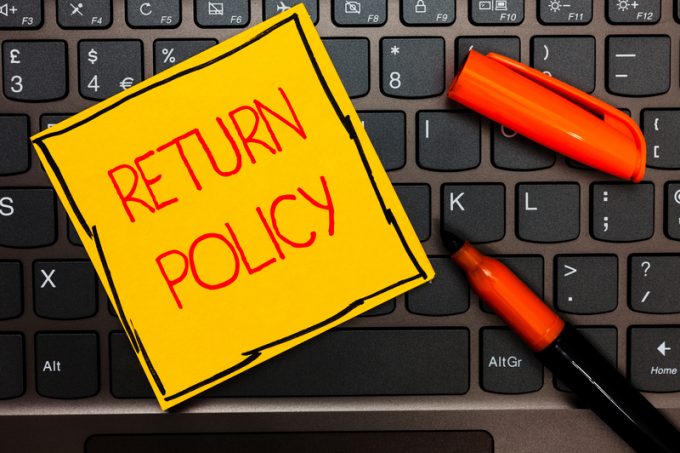Q4/FY update – UBS on CH Robinson: 'Strong execution, idiosyncratic drivers remain'
“Solid 4Q EPS [earnings per share] despite rising spot rates; Cycle likely the key to ...

CH Robinson’s Dillon Chauhan writes:
With the holiday shopping season quickly approaching, retailers should be preparing not only for the surge in sales but also the surge in returns. Without careful planning, returns can have a serious impact on your supply chain—including eroding margins, complicated inventory flow, and added stress to your warehouses.
For every $1 billion in sales, the average retailer incurs $145 million in merchandise returns. In terms of holiday sales retailers can expect to see an average of 14.5% of ...
Volcanic disruption at Anchorage could hit transpacific airfreight operations
Macron calls for ‘suspension’ – CMA CGM's $20bn US investment in doubt
Forwarders stay cool as US 'liberation day' tariffs threaten 'global trade war'
De minimis exemption on shipments from China to the US will end in May
Shippers snap up airfreight capacity to US ahead of tariff deadline
Tighter EU import requirements proving 'a challenge' for forwarders
Looming Trump tariffs will create 'a bureaucratic monster' for Customs

Comment on this article